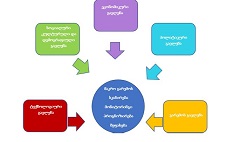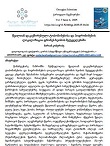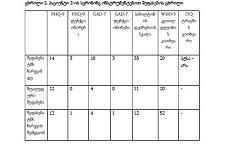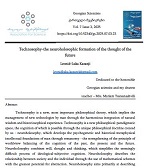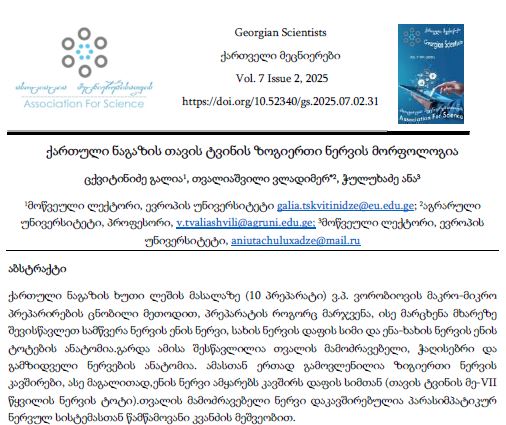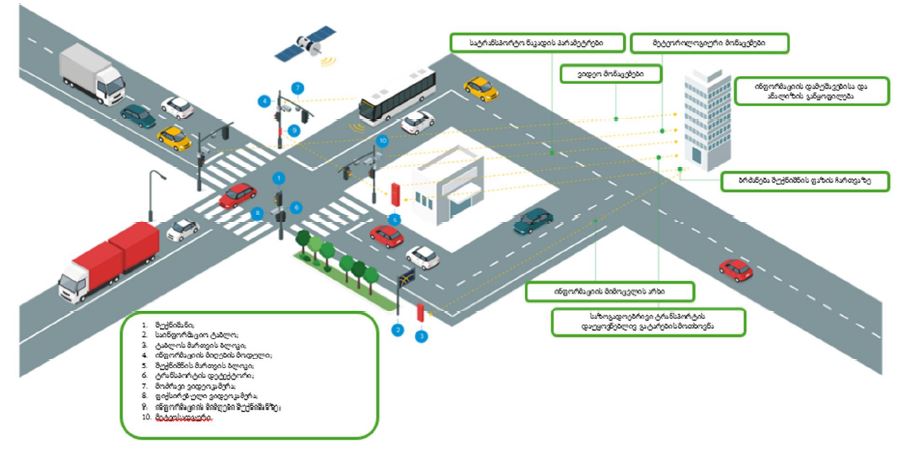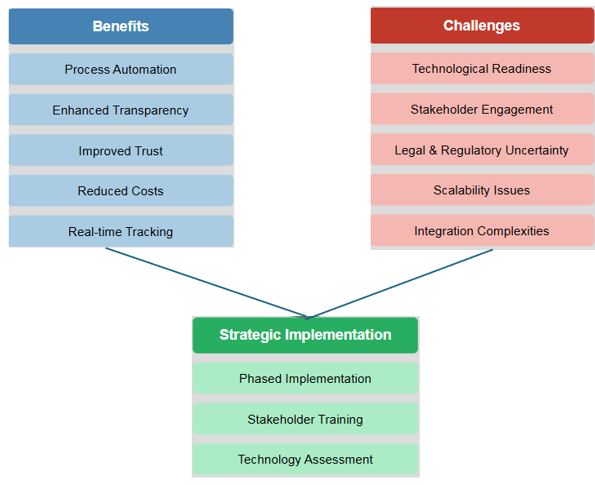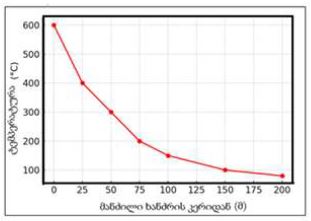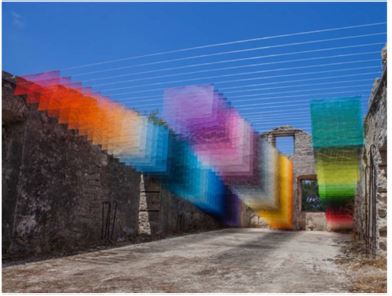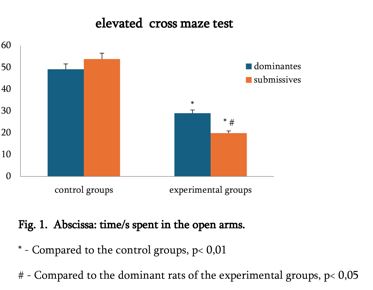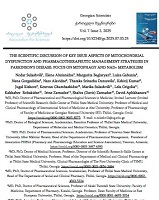Research of ultrafiltration processes under turbulent flow conditions for optimization of hydrodynamic regime parameters
Загрузки
On the basis of theoretical and experimental studies, the regime parameters of the ultrafiltration water separation process under turbulent flow conditions have been studied. Under conditions of 0.1 mm, 0.2 mm, 0.4 mm, 0.6 mm, 1 mm height of the pressure cell of the membrane device. Comparison of experimental results with theoretical studies showed that in the transient turbulent regime, the relationship between the pressure cell height and the specific performance values is curvilinear, the specific performance increases in the pressure cell height range of 0.1mm-0.6mm, and decreases in the range of 0.6mm-1mm. In the developed turbulent regime, the relationship between the height of the pressure cell and the performance values is linear, the specific performance decreases with the increase of the cell height.
Скачивания
H. Mokarizadeh, A. Raisi; Industrial wastewater treatment using PES UF membranes containing hydrophilic additives: Experimental and modeling of fouling mechanism; Environmental Technology and Innovation, vol. 23, p. 101701, 2021.
Nunes, S.P.; Culfaz-Emecen, P.Z.; Ramon, G.Z.; Visser, T.; Koops, G.H.; Jin, W.; Ulbricht, M. Thinking the future of membranes: Perspectives for advanced and new membrane materials and manufacturing processes. J. Membr. Sci. 2020, 598.
Y. L. Thuyavan, N. Anantharaman, G. Arthanareeswaran, and A. F. Ismail, “Impact of solvents and process conditions on the formation of polyethersulfone membranes and its fouling behavior in lake water filtration,” Journal of Chemical Technology and Biotechnology, vol. 91, no. 10, pp. 2568–2581, 2016.
G. Bibileishvili, L. Kuparadze. The analysis of experimental data obtained by microfiltration of natural water. Journal of Progressive Sciences and Technologies, 2020, Vol.23, No.2, pp.421-428.
G. Bibileishvili, M. Kezherashvili, N. Gogesashvili, L. Kuparadze, L. Ebanoidze, Effect of the Temperature of the Non-Solvent on the Morphology of the Polymeric Membrane. // European Journal of Scientific Research (EJSR), 2022, vol.161,1, pp.5-15.
Copyright (c) 2024 Georgian Scientists

Это произведение доступно по лицензии Creative Commons «Attribution-NonCommercial-NoDerivatives» («Атрибуция — Некоммерческое использование — Без производных произведений») 4.0 Всемирная.







